Throughout the month of August, we’ve been exploring nine different growing regions across China and nine different partners. As we explore, we’ve been working to understand what it is about each region that makes each unique, teasing apart how regional differences influence the values of growers and craftspeople, and why our partners’ particular combination of weather, soil, varietal and craft brings them awards, national recognition and inspiring tea.
Part six of this series explores Xingyang Workshop and their carefully blended pu’er teas. Unlike the other partners we’ve introuced in this series, Xingyang Workshop is not a single family or even a single point on the map. Xingyang is a pu’er workshop and an intriguing example of how the craft of blending tea from several different mountains can come together to fuel innovation and quality
PART SIX: Xingyang Workshop
Pu’er City and greater Xishuangbanna, Yunnan
Throughout this series, we’ve seen how the smallest things like the angle of the sun, the amount of mist, or the amount of rock or sand in soil can affect the flavor of a tea. This means that single-origin tea is always going to have variation each season depending on the weather. Blending was introduced largely as a means to achieve a consistent profile year after year.
All mass-market tea is blended to achieve this consistency, and for the simple reason that a single farmer cannot provide enough tea for an international wholesaler to justify the cost of importing a new product line.
Worldwide, there is good blending and bad blending. The PR departments are going to say that blending is just for consistency and quality, but the bad side of blending is the risk that it carries to alienate the producer from their product and obscure sources.
When a tea is a blend from a wide region, it is much harder to follow the source all the way back and ascertain whether sustainable farming techniques were used, whether labor practices were fair, and whether the tea was grown in a clean way. Blending can be used to hide where something comes from so that a reseller does not have to give away their source. When a tea is labeled as broadly as China Green, or even Anxi Tieguanyin, this is a red flag for transparency, because the labor behind the tea is not credited or traceable.
Xingyang Workshop is a noteworthy blender because their values and goals are to use blending as a tool to highlight specific regions, and often to bolster a profile they love from one region with enough backbone to be suitable for aging with leaves from another region. Xingyang Workshop is clear in disclosing their sources, and work to either invest directly into their farmer-partners farms to become silent partners, or to have contracts with farmers for many years to guarantee the farm sales and give them their partners the stability they need to commit to clean farming for the long run benefit.
Currently Xingyang works in Honghe, Sanjiacun, Wuliang, Ailao, and occasionally other regions like Yiwu for special pressings. Their main workshop is located outside of Pu’er city (Simao), the center for trade, allowing them easier access to competitions, expos and visits.
The choice to source from remote regions of Yunnan where clean sustainable tea can grow successfully, but blend and finish close to Pu’er city allows Xingyang to promote the regions they represent more successfully than they could if – fro example – they were based in Ailao.
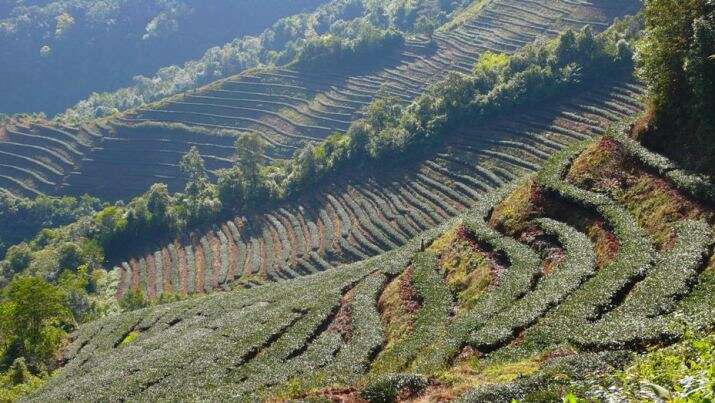

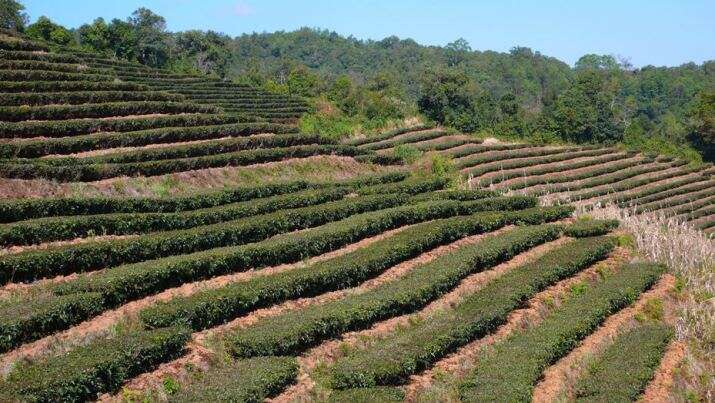
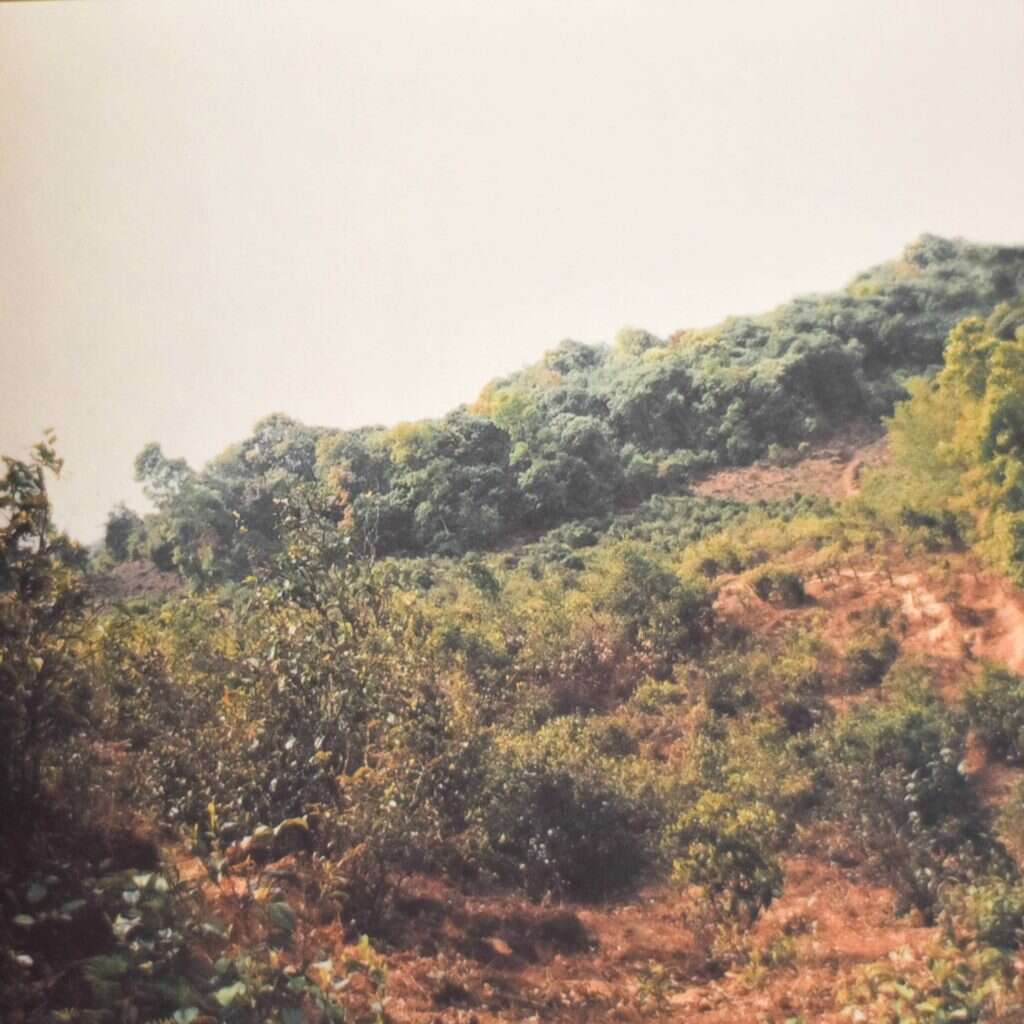
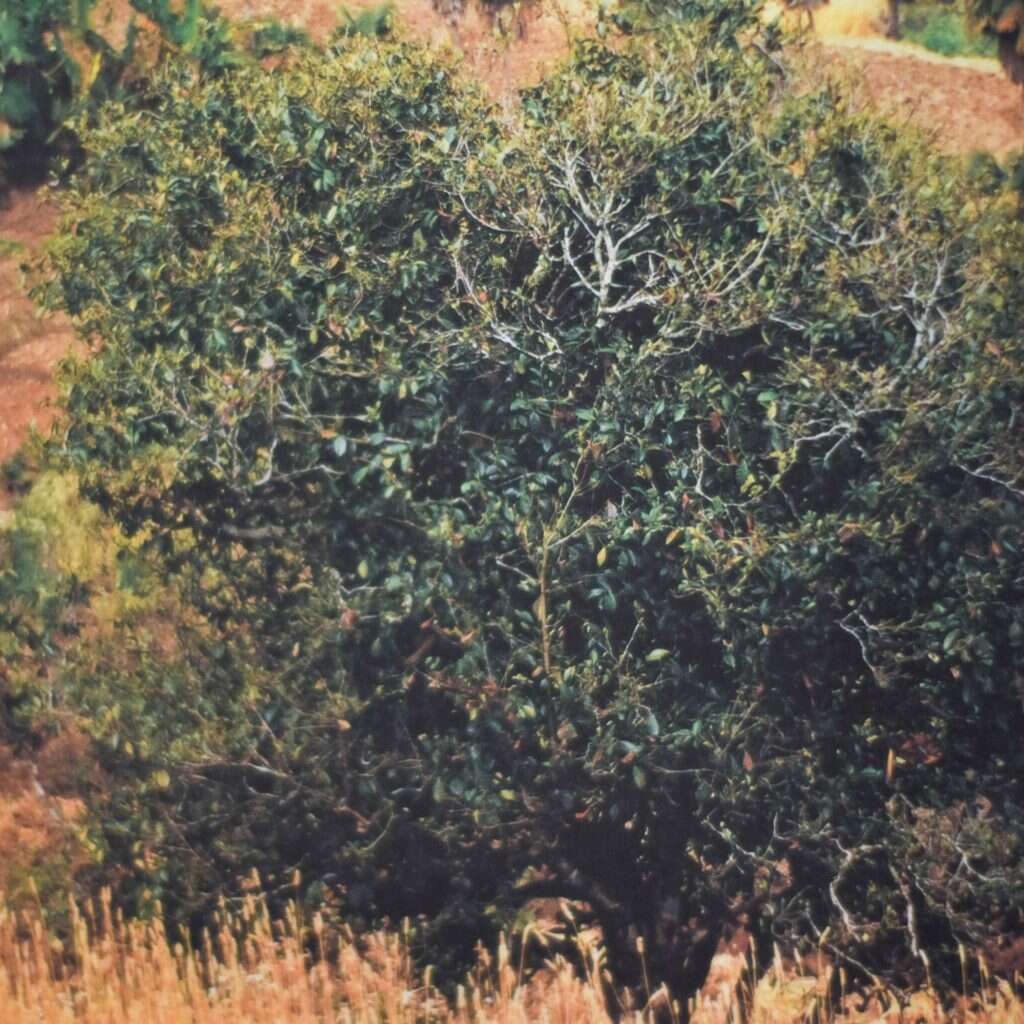

Pu’er comes in two general types: sheng and shu.
Sheng is the most traditional form, typically sun-dried, or sun-dried and lightly wok-fired to a low moisture content and allowed to slowly age either loose or pressed into cakes through fermentation, oxidation, hydrolysis, and maillard reactions. The complex and often interdependent chemical reactions that occur over many years tend to make the vibrant and energetic green leaf tea become dark, rich and sweet. Shu pu’er speeds up this process by pile-fermenting fresh tea without removing its moisture content first.
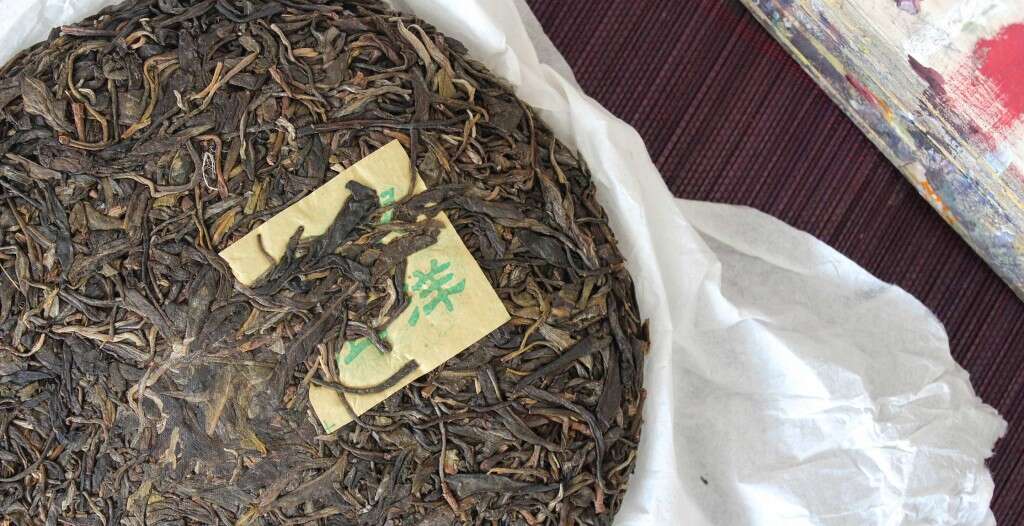
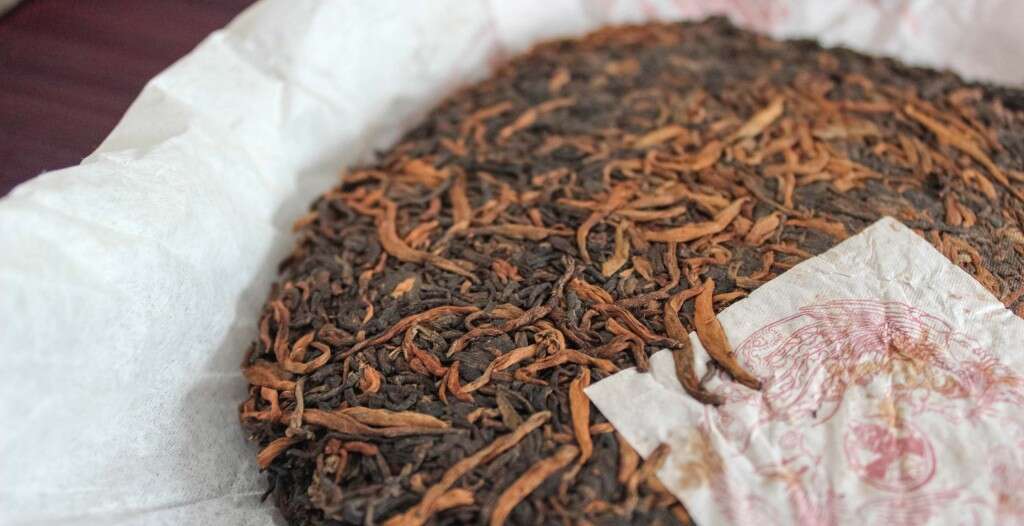
Because of the investment in time, space and opportunity cost in aging teas before release, Xingyang works exclusively with cleanly grown fresh leaf, going straight to the source with direct investment in the farms whenever possible to ensure their hand in guiding organic agriculture principles.
Xingyang is too small of a workshop to succeed selling mass-market cakes grown with pesticides and fertilizers, so they focus on quality over quantity, working to make a name for themselves. Xingyang has been around since the 90’s, so they cannot afford to have their name tarnished by putting out a cake with anything less than perfection in sourcing and blending.


select Xingyang Workshop accolades

Xingyang saw the money that was supposed to go to farmers and craftspeople instead going into big ad campaigns. The new company sought to do better. Xingyang was founded with the idea of applying the science, rigor in sourcing and uncompromising craftsmanship that made a name for Xiaguan, but exercise those skills to build a company that made worthwhile tea for serious pu’er collectors, not just people following brand trends.
The founders of Xingyang built a beautiful facility outside of the city of Pu’er, meant to be a center for cultural exchange and education.
One of the most important things for them in building their headquarters was a dining room big enough for all of the several dozen craftsman working together to eat daily at one table. The team in the workshop eats along with the founders and sales team each day. Everyone is on the same level and working for the same mission, and eating is a daily way of reinforcing this value.
In the late 90’s and early 2000’s, many pu’er companies began cutting corners on production to keep up with the tremendous demand for aged pu’ers. The amount of moisture and heat in pile fermentation is the main control on the speed that flavor and depth develop. If the process is rushed, however, foul and off flavors can develop. Many pu’er drinkers have learned to like the sour flavor that some shu pu’er has, but in reality, this is a sign of poor craftsmanship and low quality.
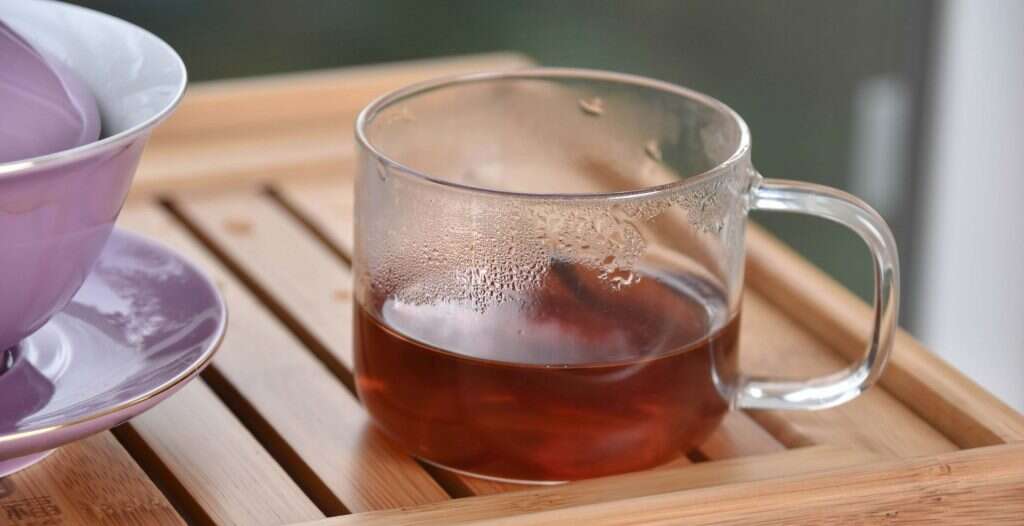
Deep, rich earthy and woody tones come out more slowly than sour notes. These require a lower moisture fermentation. Xingyang’s shu pu’ers are famously clean, without heavy sourness. They have an almost “sparkling” quality to them, a result of Xingyang’s patience and control.
The lighter fermentation during production also leaves room for flavors to develop with further aging. Many over-fermented pu’ers don’t have anywhere left to go when they are so sour and dirty tasting. Xingyang’s shu pu’er can continue to benefit from hydrolysis, oxidation and toasty maillard reactions even after the role of fermentation has diminished. These reactions are more likely to bring out foresty tones and sweet toasted flavor than sour earthy flavor.
Beyond fermentation, Xingyang is respected for the craft of their blending.
By working for over 20 years to gain access to teas with unique flavor profiles, Xingyang is set up like a fine whiskey blender able to pull from different stock to get just what they are looking for. Their sheng pu’er blends define the elegance and refinement of the classic Chinese ideal.
There is never a smokey bitterness – a sign of rushing the drying and roasting process on fresh leaves. While big factory sheng is smokey and leathery and bitter, Xingyang’s is sweet, crisp, and packed full of complex flavor notes, precursors to further development with age. In general, their sheng pu’ers are blended to bring out tingling cooling camphory notes with age, bolstered by complex florals and fruity undertones. With so many decades of experience in aging, the Xingyang team knows exactly what flavors they need in a new cake to yield the most ideal tea as it changes over time.
In recent years, Xingyang Workshop has taken continued their blending on a new and different level.
While pu’er steeped with chrysanthemum or stuffed into citrus fruits has always been popular, the last five years has seen a real boom in pressed and blended pu’er. In most cases, this scenting and blending is done to give larger workshops a way to sell low quality or low priced tea to a wider audience; a funky and over-fermented murky shu pu’er steeped with enough flowers or fruit becomes palatable, especially when packaged with the mass market in mind.
While poor quality tea is almost always used in these pu’er blends, Xingyang’s newest line of teas reaches out to tea lovers from all walks of life with a respectful line of high quality blended teas. These pu’ers tap into the long heritage of Traditional Chinese Medicine., blended with pressed fruits and flowers from chrysanthemum and rosebud to ginseng, osmanthus, and lily.
It is exciting to be able to enjoy these blended pu’ers without fear of poor quality tea. Created to be enjoyed by everyone, anywhere, and every day, their mandarin-stuffed teas and new line of pressed bricks is a refreshing departure from the expected that does not compromise quality for accessibility.


Among all of our partners, Xingyang Workshop represents a unique perspective.
Their work shows how blending and the workshop model can be turned to do good in a industry usually divided into responsible single-family agriculture and a race to the bottom among factory farm operations.
Because they are not limited to one mountainside or even one region, they can work across Yunnan – from selecting regions whose soil and weather conditions suit their ideal flavor profile, to investing in local agriculture to guarantee the best tea possible, all the way to their meticulous finishing and blending. Taken together, their process yields a product over which they have more control over any other partner in our collection.


 How To
How To Myths & Legends
Myths & Legends Travelogue
Travelogue Tasting Journal
Tasting Journal Talking Shop
Talking Shop Tea 101
Tea 101 Watch
Watch Teaware
Teaware News
News
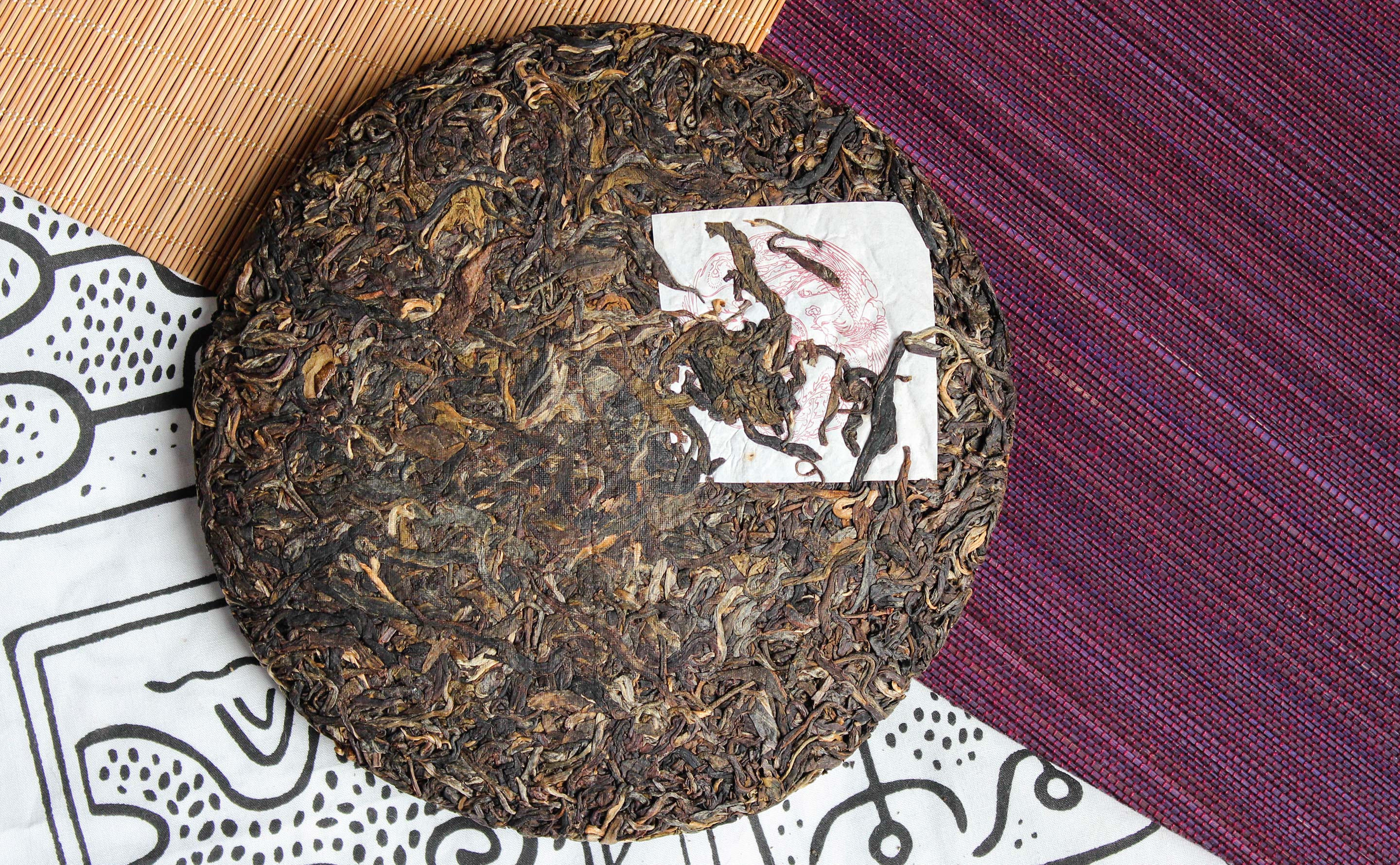








Leave a Reply